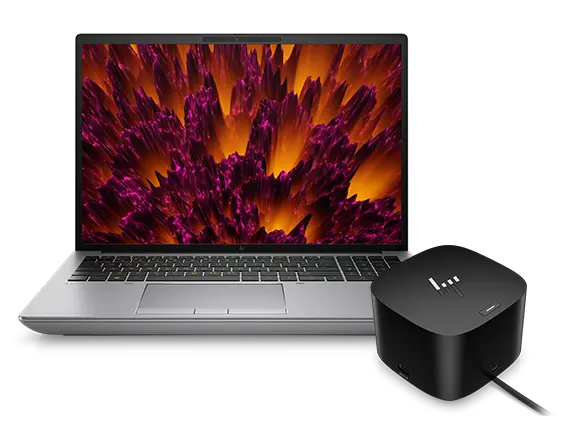In today’s digital age, upgrading your laptop’s storage and memory is crucial for maintaining optimal performance. The HP Pavilion Gaming 15 (6VR31EA) is a popular choice among gamers and tech enthusiasts due to its robust performance and customizable features. In this guide, we will delve into the specifics of the maximum SSD and RAM capacity for this laptop model, providing you with all the information you need to make informed upgrade decisions.
Overview of HP Pavilion Gaming 15 (6VR31EA)
The HP Pavilion Gaming 15 (6VR31EA) is designed to meet the needs of gamers and power users with its high-performance components. Understanding its specifications helps in making the right decisions regarding upgrades.
Key Specifications
- Processor: Intel Core i7-8750H
- Graphics Card: NVIDIA GeForce GTX 1050 Ti
- RAM: Up to 16GB DDR4
- Storage: Upgradable to SSD and HDD
How to Check Maximum SSD Capacity
To determine the maximum SSD capacity for your HP Pavilion Gaming 15 (6VR31EA), follow these steps:
1. Consult the User Manual
The user manual often contains detailed specifications and upgrade limits. Look for the section on storage or expansion.
2. Check Manufacturer’s Website
HP’s official website provides detailed specifications and upgrade information. Search for your specific model and review the specifications.
3. Use System Information Tools
System information tools like CPU-Z, Speccy, or the built-in Windows System Information utility can provide insights into the current configuration and supported upgrades.
4. Examine BIOS/UEFI Settings
Accessing the BIOS/UEFI can reveal information about the supported storage devices and capacities. Restart your laptop and press the BIOS key (usually F2, F10, ESC, or DEL) during boot to access this.
5. Consult Forums and Reviews
Online forums and user reviews can offer insights from other users who have performed similar upgrades.
Determining the Maximum SSD Capacity
For the HP Pavilion Gaming 15 (6VR31EA), the maximum SSD capacity is influenced by several factors:
1. Motherboard Compatibility
The motherboard’s chipset determines the maximum supported SSD capacity. Check the motherboard specifications or consult the manufacturer.
2. PCIe/NVMe Support
The type of SSD interface supported (SATA, PCIe, NVMe) affects the maximum capacity. Modern laptops generally support larger capacities with NVMe SSDs.
3. Firmware and BIOS Updates
Ensure that your BIOS is up to date. Sometimes, firmware updates can increase compatibility with larger SSDs.
RAM Capacity and Upgrades
In addition to SSD upgrades, RAM is a crucial component that impacts overall performance. Here’s how to determine the maximum RAM capacity:
1. Check HP’s Official Documentation
HP’s documentation provides details on the maximum RAM capacity and supported memory types for your laptop model.
2. Use System Information Tools
System information tools can help you identify the current RAM configuration and available slots.
3. Consult User Reviews and Forums
Other users’ experiences can provide practical insights into the maximum RAM capacity and performance improvements.
How to Upgrade SSD and RAM
Upgrading the SSD
- Select a Compatible SSDChoose an SSD that matches your laptop’s interface and capacity requirements.
- Backup DataEnsure that all important data is backed up before starting the upgrade process.
- Replace the Existing SSDOpen the laptop’s back panel, locate the existing SSD, and replace it with the new one. Refer to the service manual for specific instructions.
- Reinstall the Operating SystemAfter installing the new SSD, you may need to reinstall the operating system or clone the existing one.
Upgrading the RAM
- Purchase Compatible RAMEnsure the RAM modules are compatible with your laptop’s specifications.
- Open the LaptopAccess the RAM slots by removing the back panel.
- Install New RAMInsert the new RAM modules into the available slots. Ensure they are properly seated.
- Verify InstallationAfter upgrading, check the system properties to confirm that the new RAM is recognized and functioning correctly.
Troubleshooting Common Issues
SSD Installation Problems
- Compatibility Issues: Ensure the SSD is compatible with your laptop’s interface.
- BIOS Settings: Check if the SSD is detected in BIOS/UEFI and adjust settings if needed.
RAM Upgrade Issues
- Improper Installation: Ensure RAM modules are correctly seated in their slots.
- Compatibility Problems: Verify that the new RAM is compatible with your laptop’s specifications.
Conclusion
Upgrading your HP Pavilion Gaming 15 (6VR31EA) with a larger SSD or more RAM can significantly enhance its performance, making it more suitable for gaming and intensive tasks. By following the steps outlined in this guide, you can determine the maximum capacities for SSD and RAM and perform successful upgrades. Remember to consult official documentation and consider seeking professional help if needed.


